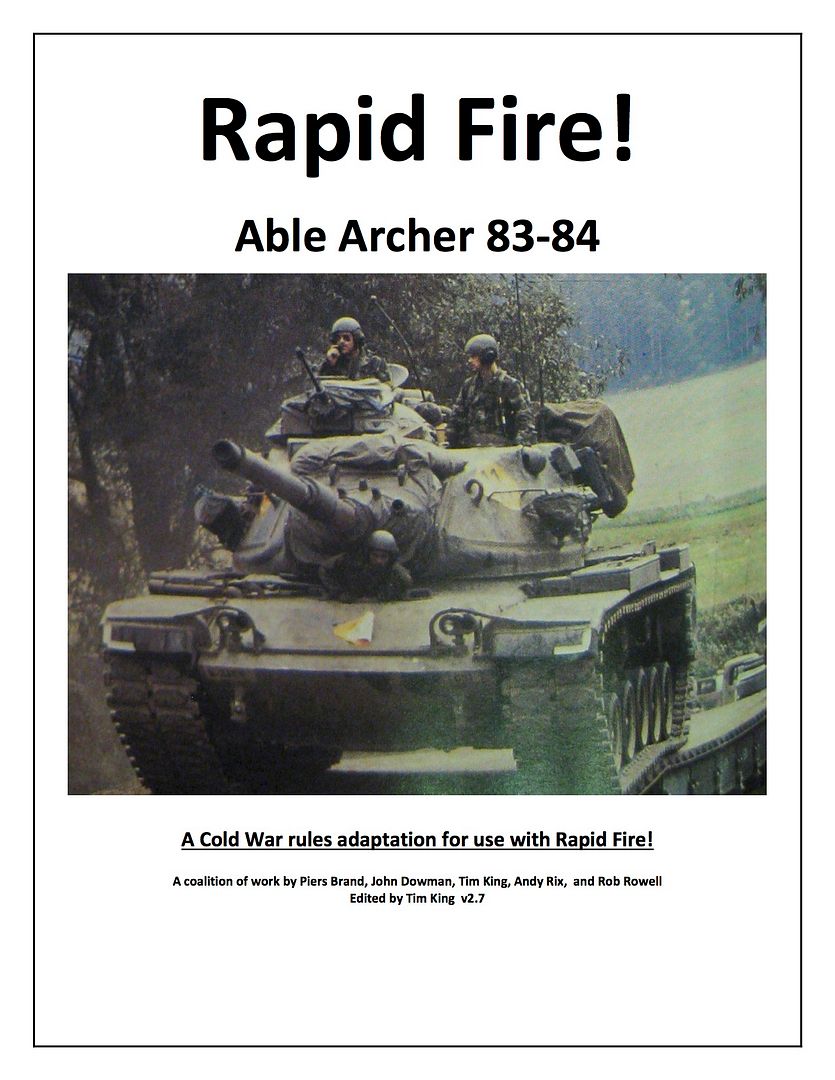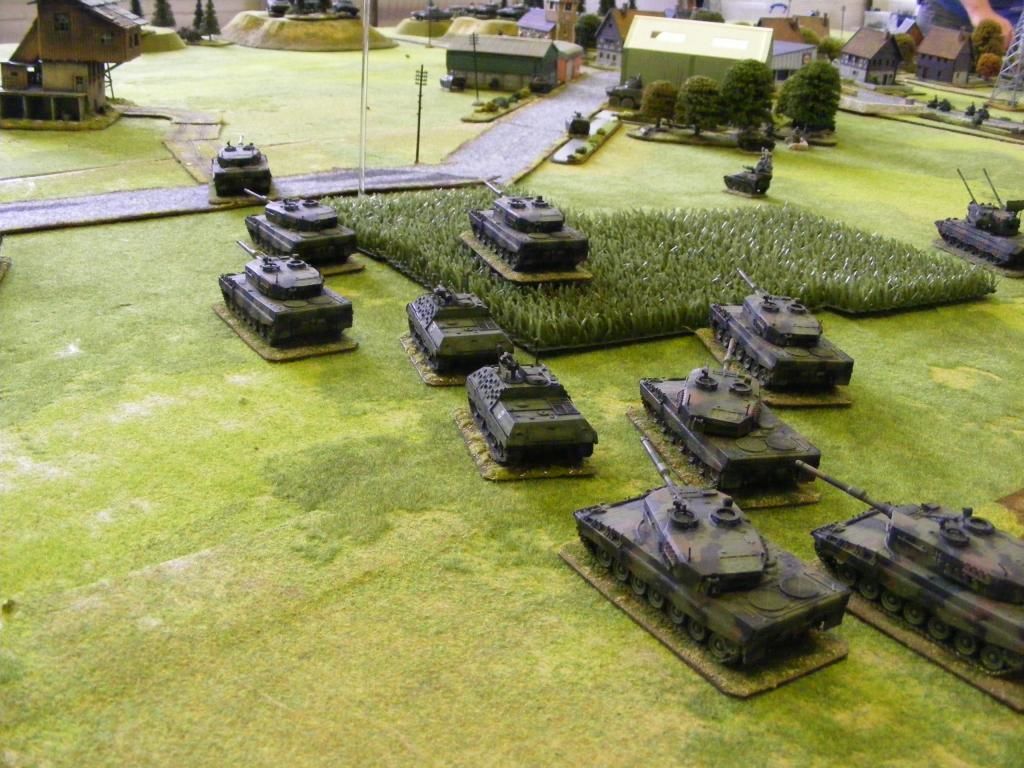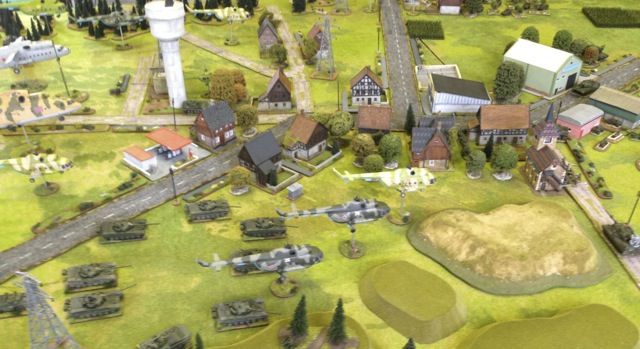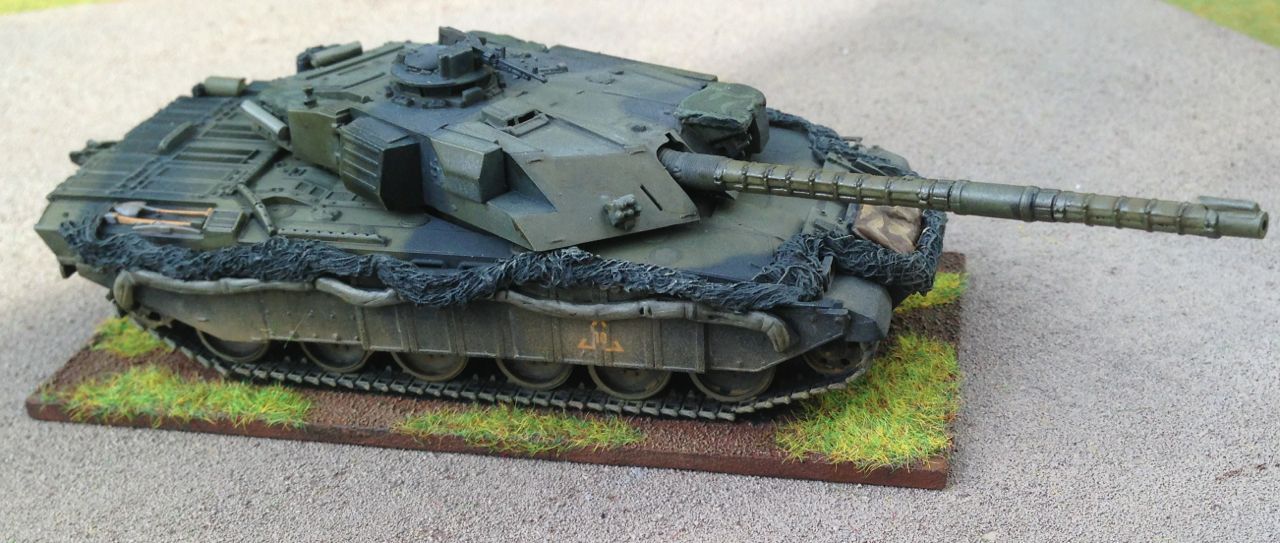Well it's been a while since I posted. A busy period for family and work - however I was asked a question about the rules I use, and it's a fairly frequent question so I thought I would knock out a quick post on the subject. I got hooked on Modern gaming after joining the Guild forum in around 2008. I was familiar with RF through WW2 gaming and when the Guild held a big game in 2010 I soon volunteered. The first game was held in Ireland and used Rapid Fire adaptations produced by Piers Brand. In the subsequent two Cold War big games they were adapted in a number of areas by John Dowman and Rob Rowell.
Tim's picked these up and done an excellent job of enhancing what were a fairly loose collection of ideas and turning them into a coherent set of rule additions making them a lot more attractive and digestible. They are designed to be used in conjunction with Richard Marsh and Colin Rumford's Rapid Fire Rules which can be purchased in paper or electronic format from the Rapid Fire Website.
The focus for the rule set is the early 80's the period of the first game and Tims area of interest. They contain vehicle stats for the period Orbats and Scenario ideas to get you started. The Orbats covered are:
NATO
- British Battle Group
- Danish Battle Group
- Dutch Battle Group
- US Armoured Cavalry Sqn
- US Battle Group
- NATO Divisional and Corp Assets
Warsaw Pact
- MRR Advance Guard and Main Body
- TR Advance Guard and Main Body
- Divisional Assets.
The rules adapt easily enough for the late 1980's period and can be used for Ultra Modern and near future with a little thought.
They include a range of rule mechanisms adopting the original set to the modern period and accommodating the evolution of fire power, observation systems, gunnery systems, armour and aircraft. They sit firmly in the world of Rapid Fire which was always a simple abstracted game system, but one that played fast.
What I have always loved about Rapid Fire is the way the units are abstracted allowing battle groups to be reasonably represented by 10-15 models, this allows you to game in 20mm on a table top at battle group level with ease and with thought to extend into the operational level.
I suppose a number of things that I like best about Cold War gaming are enabled by these rules:
- 20mm is a great scale for armour modeling with vehicles and figures sufficiently large to look great when done.
- The models and figures can easily be adapted and enhanced
- The extensive ranges of plastic models and resin kits mean most of the armies can be pulled together, and they look great.
- The Orbat abstractions enable a reasonable game to be played out at battle group level on a 6 foot by 4 foot table without it all looking too daft.
- The rules are simple and straight forward to learn and enable games to be completed relatively quickly.
- With a bit of thought and a lot of really useful plastic boxes you can store it all in a reasonably big cupboard.
- You can with the aid of a small hall some friends and a pile of scenery pull it all up to the operational level which is really where the action was going to happen in the Cold War and where the odds evened up between the Warsaw Pact and NATO armies.
All up a great contribution from Tim to the Cold War gaming community, Tim's Abel Archer rule adaptations are free, available for download and come in PDF format.






